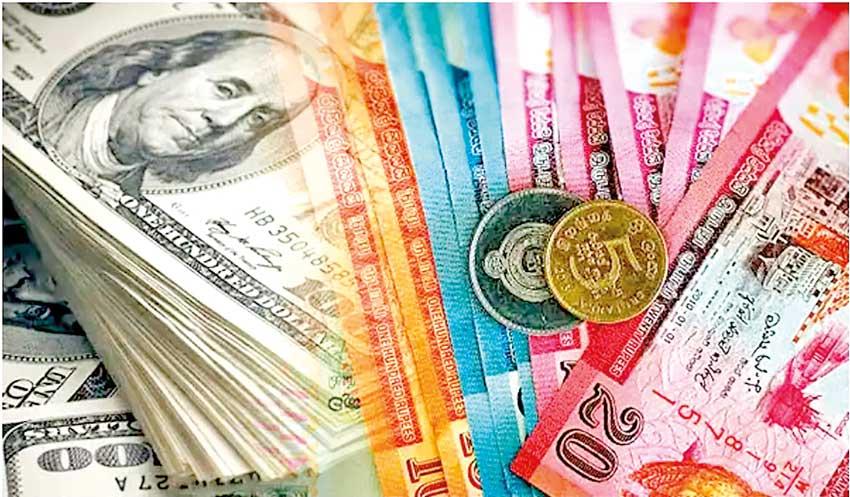Reply To:
Name - Reply Comment

The worker remittance inflows to Sri Lanka is estimated to decline by 6.2 percent year-on-year (YoY) to pre-pandemic levels of US $ 6.7 billion this year while the outlook for 2022 remains largely uncertain, according to the World Bank (WB).
“In Sri Lanka, the 2020 recovery in remittances was not sustained and inflows dropped 6.2 percent to their pre–COVID-19 level of US $ 6.7 billion in 2021, explained mostly by the popularity of informal channels of money transfer,” the WB said in the latest report.
However, the worker remittance income in 2021 is still expected to make up 8.3 percent of the country’s GDP. The WB estimates for the year were rather optimistic, given that the decline in remittance inflows has seen a double-digit decline on a YoY basis. In the 10 months of the year ended on October 31, remittance inflows into the country had declined by 13.8 percent YoY to US
$ 4.89 billion.
Last year, the remittance inflows reached a four-year high of US $ 7.1 billion, as the migrant workers opted to use official channels for money transfers, with the unofficial channels such as Hawala getting disrupted, due to the pandemic.
“In the other South Asian countries, as migrants continue to opt for greater use of unofficial channels for money transfer, the decline in recorded remittance inflows will accelerate in 2022, unless the GCC countries enjoy a stronger than expected economic recovery,” the WB noted.
The WB projects the remittance inflows to Sri Lanka to grow by 1-2 percent range in 2022, while noting significant uncertainties.
In particular, the GCC countries, where the majority of Sri Lankan migrant workers are employed, are implementing policies encouraging their own citizens to replace migrants to cope with the fiscal crunch and prepare for a future with
lower oil prices. “Despite labour shortages, governments have been slow in issuing work permits. Requirements of travel-related COVID-19 tests and quarantine periods upon arrival at destination are also discouraging migrants from returning to work,” the WB pointed out.
Further, Saudi Arabia increased the monthly fee charged on each foreign worker from SRI 300-400 to SRl 500-600 per worker in 2019 and SRl 700-800 per worker in 2020, aiming to discourage local employers from hiring foreign workers in the future. However, the demand for skilled workers is expected to increase, in particular in the GCC countries such as the UAE.
As per the government estimates, around 100,000 Sri Lankans are estimated to go abroad for employment opportunities, up from around 50,000 last year but still down from pre-COVID levels. In recent times, the Central Bank has been trying to take some aggressive measures to stem the inflow of remittances through unofficial channels, amid the foreign exchange crunch faced by the economy.
Sri Lanka is among the top 50 recipients of remittance inflows in the world.